With over 900,000 different species of insects in the world, it can be difficult to differentiate between some of them. Wasps, bees, and hornets may all look like and belong to the same subspecies of insects, but they are vastly different. If you have a stinging pest infestation, it can be difficult to determine if they’re wasps vs hornets vs bees. What type of insect they are will also have an effect on how the infestation is remedied.
This guide will go over the differences between the three insects and the best ways to handle a bee, wasp, or hornet infestation.
What Are Bees?
Bees are important pollinators. They eat nectar and pollen and then feed it to their young.
If you get stung by a bee, it’ll typically die shortly after. Their stingers get embedded in your skin, preventing multiple stings.
However, they don’t always die after they sting. Their stinger’s primary purpose is to sting another bee. When they do that, their stinger doesn’t come out.
Bees appear furry. Their hairy and wide bodies have stout legs. They’re typically solitary insects that only sting when they’re protecting themselves.
What Are Wasps?
Most wasps are social insects that live in a colony with a queen, drones, and female worker bees. Social wasps will reside in a papery nest that’s made from chewed fibers. The nests will be attached to the eaves of your home or tree limbs.
Mad daubers and digger wasps tend to be solitary. They nest in natural cavities or in the ground.
Yellowjackets are in fact not a bee like people commonly think. They’re a social wasp. They nest below or above ground.
Wasps play an important ecological role in controlling pests. A social wasp is a predator. They like to collect different types of insects, including:
- Grubs
- Grasshoppers
- Aphids
- Caterpillars
- Flies
- Spiders
- Black widows
They’ll sting, paralyze, and put the insects into their egg chambers for their larvae to eat.
While they are beneficial, they are also drawn to sweets and meat. They’ll congregate around outdoor dining places and trash cans.
Wasps can sting you multiple times. They’ll sting to protect their hives or if you swing at them aggressively.
What Are Hornets?
Not every wasp is a hornet but every hornet is a wasp. The main hornet in the United States is the European hornet. It looks like a yellowjacket and nests in hollow trees or in the ground.
Another common type of hornet is the bald-faced hornet. It’s closely related to the yellowjacket and is a type of paper wasp. You can identify an infestation by its large, gray nests in trees.
Hornets can sting you multiple times. They’re also extremely aggressive.
There is a new breed of hornet that made its way to the United States called the Asian giant hornet. They attack bee colonies, killing the bees, stealing the larva, and eating the honey.
What to Do About an Infestation
Just as each of the insects is different, the signs of infestation vary as well.
Signs of a Bee Infestation
The major sign of a bee infestation is an increased or large number of bees around your home. You also might see a bee swarm or nest. Their nests are typically found in:
- Cracks
- Structures
- Bushes
- Trees
- Garages
- Sheds
- Floorboards or walls of homes
Another sign is dark patches on ceilings or walls. These spots will appear when honeybees have made a nest. The dark spots are from their honey.
If you believe you have a bee infestation, contact a reputable pest control service to help remedy the issue. Handling it by yourself isn’t a good idea. Bees can be dangerous, especially if you’re attacked by a swarm.
A professional company will have the tools and expertise to remove a bee infestation. Protective gear is needed since bees can be a health hazard to some people. A pest control company will remove the bees in a controlled manner, ensuring that they’re kept safe and happy.
Signs of a Wasp Infestation
Like with a bee infestation, one of the signs of a wasp infestation is seeing an increase of the insects flying around. Another sign is chewed wood. Wasps will chew on wood to build their nests.
If you start to notice tunnels and holes appearing in wooden surfaces on or around your home, that may be a sign of wasps. It’s also a sign of termites or ants, so contact an insect company to come to determine what the cause of the wood damage is.
You also may notice wasp nests around your property. Depending upon the type of wasp it is, it’ll be made from mud particles or chewed wood. Wasps defend their nests, so be sure to stay back a safe distance.
It can be dangerous trying to remove a wasp infestation on your own. Wasps can get aggressive and sting you multiple times. Work with a pest company to manage the infestation.
Signs of a Hornet Infestation
Just as with the other two types of insects, a sure sign you have an infestation is an increased amount of hornets in your yard. You’ll also notice their nests in your backyard or corners of your house.
Hornets usually build their nests in:
- Attics
- Sheds
- Garages
- Underneath roofs
- Tree trunks
They can also build nests that hang freely by attaching them to another object. Hornets will also build them in the ground in abandoned rodent or snake holes.
This poses a great danger to yourself, your family, and your pets. A hornet sting can be extremely dangerous for your health. If you start to notice any hornets around your yard, contact a pest control company immediately.
Be an Expert on Wasps vs Hornets vs Bees
Knowing the differences between wasps vs hornets vs bees is essential to determining how dangerous the situation is. Each insect reacts differently when faced with people. They also each have different effects on a person when they’re stung.
Leave your bee, wasp, and hornet control to the professionals. Don’t risk your safety trying to remove them yourself. Contact us today if you believe your home or yard is infested.

